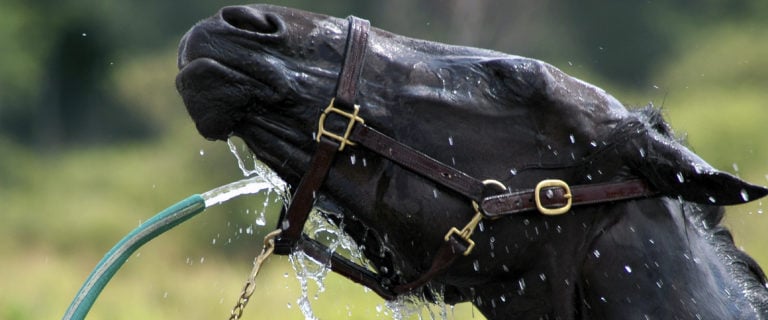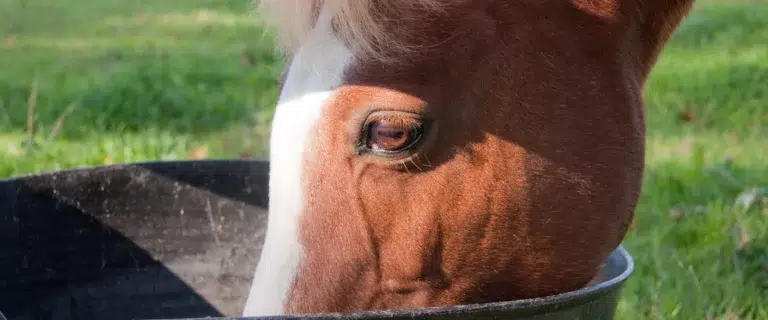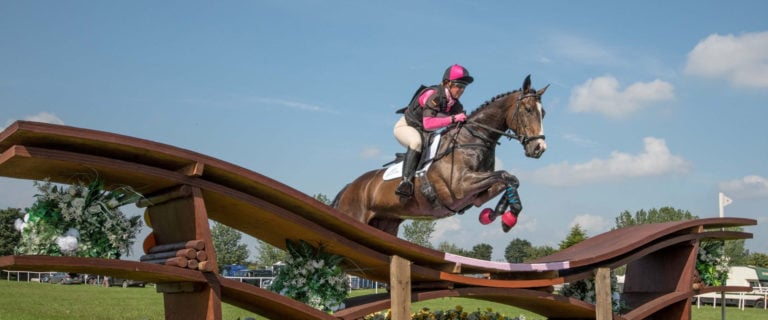Riding Sharp Horses, advice from a top dressage rider
Gale force cold winds, driving rain and sleet showers aren’t the best combinations for those of us riding spooky and sharp horses. In this blog, our Sponsored Dressage Rider, Sarah Rogers shares her top tips for managing and riding sensitive horses through the winter months. Hopefully Riding Sharp Horses, advice from a top dressage rider will be of interest to you.
Safety First
Firstly, the safety of the rider and the horse is paramount so don’t ride in an arena after a sharp frost until the surface has thoroughly thawed out. Even if your horse is well-behaved, it could cause unnecessary strain and add to the risk of slip or fall.
Lunging your horse can be a way to allow a well-mannered horse to let off a little steam before riding. If lunging with tack, make sure that your girth is secured, stirrups tucked away and that you are appropriately dressed including wearing a hat and gloves.
Beware of lightweight exercise rain sheets and flappy clothing. Even in the lightest of breezes, it could be enough to set a sharp horse off.
Before You Ride
Plan before your schooling session before you ride and stick to the plan. Thinking about what you are going to do with your horse in your schooling session before you go into the arena means that you are always one step ahead of a sharp horse. You can then school your horse, and before they think about creating their own entertainment, you are already into the next movement.
Schooling A Sharp Horse
With sharp horses, basic movements such as leg yielding and shoulder-in are incredibly beneficial for engaging your horses’ brain and his body and for more advanced horses, half passes. Asking the horse to bend his body and move away from your leg, even in the walk will concentrate the mind. Travers and Renvers are also brilliant exercises to incorporate into your schooling sessions. I like to work with plenty of transitions within the gait and as direct transitions with plenty of changes of direction. Incorporate varying sizes of circles into your schooling work and if you need some inspiration, ride a new dressage test! Once your horse has worked and is more relaxed in his mind, then you can incorporate a walk stretch https://www.aloeride.com/fantastic-elastic-equine-flexibility/ break on a longer rein.
Winter brings many riding challenges, but by using that extra spark and energy in the right way, you’ll find that, come Spring, your horse will be stronger, fitter and ready for the new competition season ahead. Please share Riding Sharp Horses, advice from a top dressage rider with your fellow competitors.







